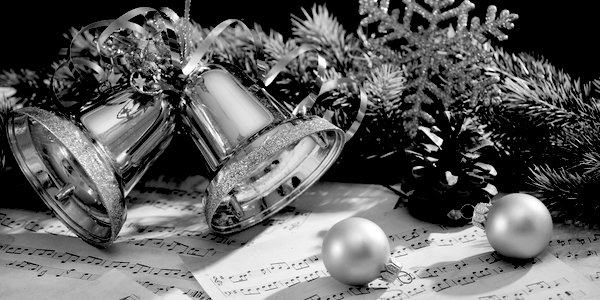This is a revised version of an article first published on December 16, 2018.
CHRISTMAS Day would not be complete without a rousing rendition of O Come All Ye Faithful with the last verse which is given an airing only today.
There are many theories about the carol’s origins but an intriguing one connects it with Stonyhurst College, the Roman Catholic independent school in Lancashire about five miles from our home.
(In passing, J R R Tolkien spent time at the school during the war and the surrounding scenery is thought to have influenced The Lord of the Rings, which he wrote during that period. I wrote about this here.)
As many know, the carol was written in Latin with the opening line Adeste Fideles. Several have been credited with writing it but what is certain is that the one of the oldest known manuscripts is held at Stonyhurst, which is a Jesuit institution. The manuscript is attributed to John Francis Wade in 1744 and was published in 1751.
A few years ago the curator at Stonyhurst, Jan Graffius, said she believed the carol’s words were a coded message to Catholics during the reign of King George II, when being a Catholic in England was a criminal offence.
She told the BBC TV programme The One Show that the term ‘Fideles’ (faithful) was used to urge Catholics to remain faithful to their faith and was ‘a particularly loaded word’ at that time. Many Catholics, facing persecution and possible death, had fled to continental Europe. Among them was John Francis Wade. By encouraging them to ‘come to Bethlehem’ (Venite, venite in Bethlehem), they were being invited to return to the land of kings – England. ‘This was copied very quickly and passed all round Europe and into England,’ said Ms Graffius. ‘It would have been a rallying cry.’
The English version of the carol has a Jesuit association too. The widely-used translation is by Frederick Oakeley (1802–80), who was ordained in the Church of England in 1828 and in 1845 converted to Catholicism, becoming Canon of Westminster in 1852. He was a frequent contributor to The Month, which for almost all of its history (1864-2001) was owned and edited by the Jesuits in Britain.
These are the first five verses, though 3 and 4 are not always sung:
1 O come, all ye faithful, joyful and triumphant,
O come ye, O come ye to Bethlehem;
come and behold him born the King of angels;
Refrain:
O come, let us adore him; O come, let us adore him;
O come, let us adore him, Christ the Lord!
2 God of God, Light of Light;
lo, he abhors not the virgin’s womb;
very God, begotten not created;
3 See how the shepherds,
Summoned to his cradle,
Leaving their flocks, draw nigh with lowly fear;
We too will thither bend our joyful footsteps:
4 Lo! Star-led chieftains,
Magi, Christ adoring,
offer him incense, gold and myrrh;
we to the Christ child
bring our hearts’ oblations:
5 Sing, choirs of angels, sing in exultation,
sing, all ye citizens of heav’n above;
glory to God, all glory in the highest;
The last verse is usually reserved for singing on Christmas Day:
6 Yea, Lord, we greet thee, born this happy morning;
Jesus, to thee be glory given!
Word of the Father, now in flesh appearing!
There are several candidates for authorship of the melody, including John Francis Wade and the English composer Thomas Arne.
The choir of King’s College, Cambridge, give O Come All Ye Faithful as the penultimate song in the annual Festival of Nine Lessons and Carols on Christmas Eve. Here it is in the majestic arrangement by their former director David Willcocks from 2016.
This is a lush production by the Mormon Tabernacle Choir.
Luciano Pavarotti gives a full-blooded performance in 1978.
Finally, although I am not a big fan of bagpipes, I do like this clip of the Vancouver Police Pipe Band.

